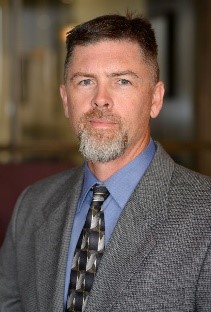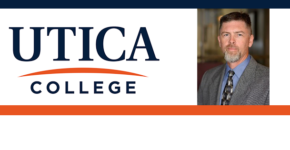 There are different ways to teach students in higher ed, but which is best?
There are different ways to teach students in higher ed, but which is best?
Tim Abraham, assistant professor of physical education, exercise and wellness studies at Utica College, examines different approaches.
Tim Abraham is an Assistant Professor of Physical Education, Exercise and Wellness Studies at Utica College. He earned his bachelor’s degree in Kinesiology from the University of Illinois – Chicago, and his master’s degree in Kinesiology from the University of Illinois – Urbana Champaign. Abraham served as Head Athletic Trainer of the Washington Nationals major league baseball team before coming to central New York to serve as Outreach Coordinator for a local orthopedic sports medicine practice and then an adjunct instructor at Utica College. He moved into academia full time in the Fall of 2017 where he now teaches courses in physical education, adventure programming, and exercise science. Tim’s scholarly interests lie in the effective teaching and learning practices, especially in non-traditional settings or using non-traditional methods.
Brain-Based Teaching to Improve Student Learning
The debate about effective teaching strategies has very strong opinions on both sides. Traditional instructor-led teaching practices such as lecturing allow faculty to present a lot of information in a shorter amount of time, give us more control over how the information is delivered, and can be very well organized. On the other hand, it can leave students feeling bored, being less involved in the learning process, and allow fewer opportunities to assess deeper student comprehension.
More student-centered practices increase critical thinking and student engagement but also require faculty to be more flexible in their lesson planning and often limit the amount of material that can be addressed at one time.
While both advantages and disadvantages, which practice is best will undoubtedly continue to be debated by academics. Regardless of which side you’re on, we really should instead answer the question: How does one teach in relation to authentic learning? Employing teaching strategies that mimic how the brain actually strengthens its neural pathways to provide a deeper, more long-lasting understanding seems to make more sense.
This question was examined by teaching an undergraduate biomechanics course two different ways. Learning activities in one section followed a traditional “lecture” model of instructor-led teaching, whereas the other section relied on a variety of “brain-based” techniques for a student-centered discovery learning approach using movement, art, patterning, and deliberate social groupings.
Both approaches produce artifacts of learning but brain-based techniques provide the instructor with data about how to best use in-class time, how student buy-in affects any strategy employed, that “discovery” means mistakes will be made (which students aren’t used to being ok with), and when it’s ok to move on to another topic. Using brain-based strategies, and letting students know why, also gives them a metacognitive glimpse they can hopefully use beyond my courses.

Comments
One response to “Timothy Abraham, Utica College – Brain-Based Teaching to Improve Student Learning”
What an informative academic minute from Tim Abraham! Thanks Tim.